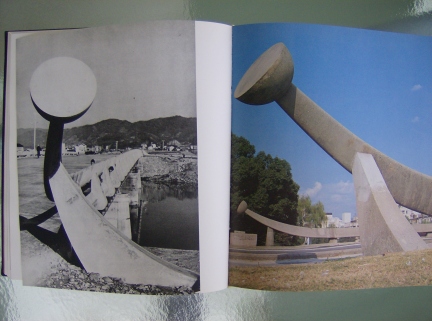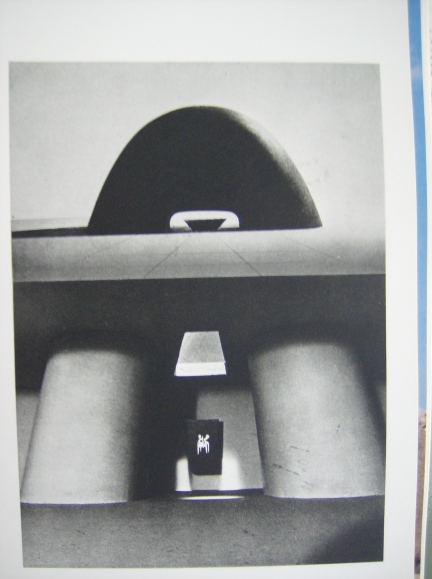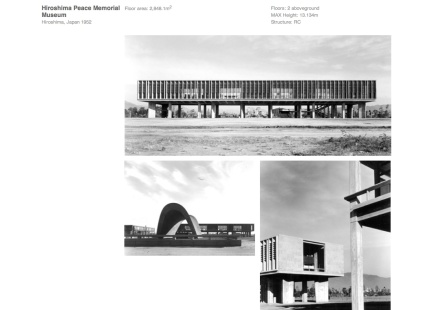

I was looking through my books about Noguchi, searching for references to his Bamboo Basket Chair (I knew I’d seen a black and white photograph of it somewhere years ago). Here’s what I learned about this beautiful piece of modernism:
The [August 1950] Mitsukoshi show also included a chair with a woven-bamboo seat backrest. Noguchi designed this piece for export, with the bamboo elements — produced in the same way as traditional fish baskets — to be fabricated in Japan and shipped to the United States. There they would be attached to bent-metal frames, manufactured in America. The chair remained a unique prototype, but the next year Noguchi was able to realize his ambition of encouraging local production through the export of modern design.
– Bruce Altshuler. Noguchi. Abbeville Modern Masters. New York: Abbeville , 1994, p. 58
When I finally found the reference (I love that chair!), what was especially interesting was the text immediately above and below this particular picture. It tells how Noguchi began the process of realizing his “ambiton” via the design of his Akari for production in Gifu, near Lake Biwa in Kansai.

It was on his way to Hiroshima to discuss his bridge proposal that Noguchi first visited the town of Gifu, known for its manufacture of umbrellas and lanterns from mulberry-bark paper. Having heard of his design work, the mayor asked him to create contemporary lamps using the traditional bamboo-and-paper construction. That evening Noguchi sketched his first two Akari (the word means “light as illumination) light sculptures … He viewed each Akari basically as two sculptures, one when light was reflected off it, and another when light was emitted from it.
– Bruce Altshuler. Noguchi. Abbeville Modern Masters. New York: Abbeville , 1994, p. 58
From that evening, Noguchi went on to design and produce more than 100 Akari designs. They must have felt like children to him.
I’ve always said no home is complete without at least one Akari (IKEA knockoffs don’t count). I know they’re ridiculously expensive in North America (all those middle-people), but if you’re ever in Japan, stock up: they’re priced just right over there.





Isamu Noguchi. Memorial to the dead, Hiroshima, 1952. Model showing section through underground (projected to be built of black granite); proposed height above ground: 6 metres. Proposal rejected.
The four photographs above a from Isamu Noguchi. Text by Sam Hunter. New York: Abbeville Press, 1978:

While Noguchi was overseeing his two bridge railings in Hiroshima, the other giant of twentieth-century Japanese design, Kenzo Tange, was nearby working on his Hiroshima Peace Memorial Museum and other works in Hiroshima.
It was here, in the early 1950s, that modern Japan began.
Kenzo Tange, Hiroshima Peace Memorial Museum, Hiroshima, 1952.
Isamu Noguchi (second from left) and Kenzo Tange (third from left), visit the West Peace Bridge [Yuku] to supervise construction, 1951.
Courtesy of Chugoku Shimbun.






No comments:
Post a Comment